Peter Magill
Co-PI (Core Leadership)
University of Oxford
Peter J. Magill, DPhil, is Professor of Neurobiology, an MRC Investigator, and Interim Director of the MRC Brain Network Dynamics Unit at the University of Oxford. Peter’s Dr. Magill’s core research interests are movement control and neurodegenerative disorders. He has spent his research career elucidating the operational principles of the basal ganglia and partner brain networks, with a focus on defining the cell and circuit substrates of perturbed brain activity and behavior in Parkinsonism. Dr. Magill and his team have particular expertise in the use of whole-animal models (rodents). In vivo electrophysiological recording techniques, ex vivo quantitative anatomical methods, and the use of genetics-based approaches for the monitoring and manipulation of specified cell types are all central to Peter’s research strategy. Dr. Magill has been an MRC Programme Leader since 2009. He is the recipient of an Investigator Award from The Wellcome Trust and is also a founding Investigator at the Oxford Parkinson’s Disease Centre.
Recent ASAP Preprints & Published Papers
Anxa1+ dopamine neuron vulnerability defines prodromal Parkinson’s disease bradykinesia and procedural motor learning impairment
Rapid modulation of striatal cholinergic interneurons and dopamine release by satellite astrocytes






